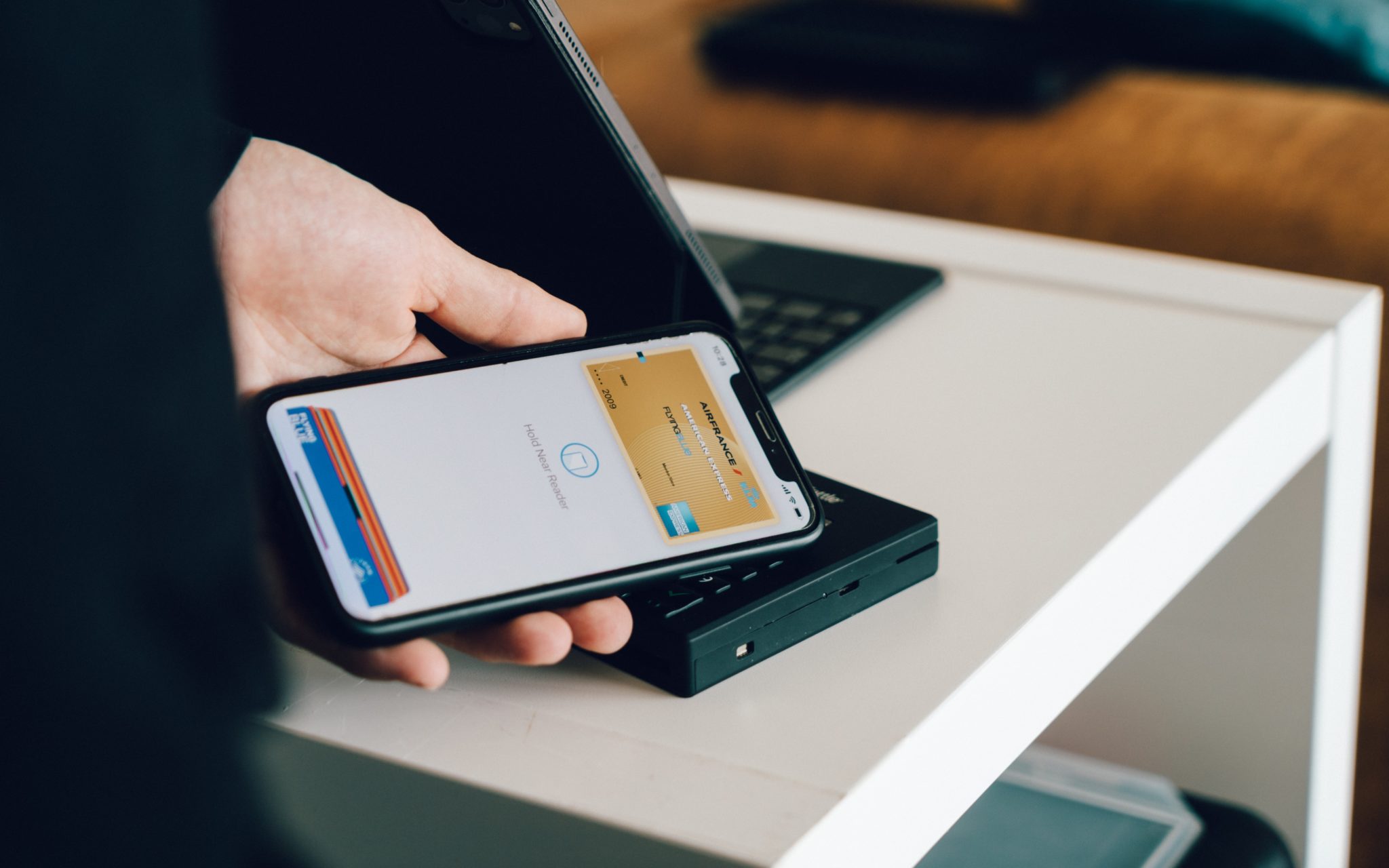Updated 4/1/2024
Shopping is an incredibly visual experience. Each day, you compete with social media, the internet, games, and, of course, other retailers for your customers’ visual attention. Visual displays are a powerful tool your thrift store should leverage to catch the eye of customers in and around your store. As a thrift store selling many different types of products and unique items, you must master the art of retail display.
Here are 8 retail display ideas for your thrift store to boost sales.
1. Group Like Items
As a thrift store, you have one big challenge that some other retailers don’t: a revolving door of unique items. Your biggest appeal is also one of your biggest obstacles when it comes to staging. Without an organized thrift store display plan, creating an ideal shopping experience will be impossible.
 The first tip for thrift store retail displays is to group like items together. Create different sections for clothing, appliances, beauty, shoes, etc. Then, group clothing by gender, size, style, and color. Make sure to have a women’s, men’s, girl’s, boy’s, and plus size section. Consolidating products in this way will ensure that your thrift store is visually appealing and easy to navigate, which will boost sales. When customers can quickly and easily find what they’re looking for, they will be more likely to purchase. This strategy is essential for all retailers but especially important for thrift retailers with a random assortment of products.
The first tip for thrift store retail displays is to group like items together. Create different sections for clothing, appliances, beauty, shoes, etc. Then, group clothing by gender, size, style, and color. Make sure to have a women’s, men’s, girl’s, boy’s, and plus size section. Consolidating products in this way will ensure that your thrift store is visually appealing and easy to navigate, which will boost sales. When customers can quickly and easily find what they’re looking for, they will be more likely to purchase. This strategy is essential for all retailers but especially important for thrift retailers with a random assortment of products.
2. Clean Appliances and Electronics
Many thrift stores carry appliances and electronics that customers are wary to purchase. The last thing a shopper wants to do is purchase an electronic that is broken or looks worn down. Often, you can completely change the look of an appliance with a wipe-down. Take the extra time to clean up appliances and electronics, and test them before selling.
Next, you’ll want to organize electronics. Consider creating an area for scrap items that people could use for projects/parts. Wrap and organize cords so that they are easy to look at. Set up TV sets, monitors, and other relevant electronics. Include an area with outlets so that shoppers can test them for themselves. Additionally, if you do test all electronics first, include a sign in the electronics department that states this and offers a guarantee!
3. Organize
Understandably, shopping at thrift stores can be overwhelming and time-consuming for many customers. That’s why you need to simplify the process as much as possible using your retail display. Taking extra time to organize books, movies, and records alphabetically can make the difference between selling and not selling. In general, the theme of your displays should be organized. Organize all items so that they coordinate and are easy to scan visually.
One way to help with organization is to use a production application to streamline inventory and tag management. With the RCS Production Enhancement, you can use data-driven insight using AI technology to fine-tune pricing strategies and boost profitability.
4. Draw Attention to Vintage Picks

Many shoppers head to thrift stores in search of antiques and vintage items. Take advantage of this opportunity by devoting a section to vintage goods. Make sure it’s clearly labeled so that vintage shoppers know exactly where to look. You can keep more expensive items in a locked display or place them near the checkout stand where there’s an employee present. Organize and display the vintage goods on high-quality stands so they exude quality and intrigue customers.
5. Select Strategic Locations
Where do customers’ eyes go when they are in or near your store? First, to the window display and entry. Be strategic when choosing locations for thrift store displays. Use these areas to place items you are looking to promote or ones you want to be associated with your business. As a thrift store, this means you should only display your best in the windows and entrance. Showcase your most amazing finds and entice shoppers to explore your store. Create window and entrance displays that are interesting and appealing to your target demographic. Keep displays fresh, changing them out every month or week if possible. Customers will notice the new displays and be very interested to discover the new items you have available.
6. Staging
IKEA is the master of staging, and it’s a huge reason their large stores convert so many shoppers. When you shop at IKEA, you don’t look at individual items, you enter new scenes. You don’t just see a pillow, you see an entire bedroom set and how nicely it goes together. Setting scenes through staging converts more customers and increases the average sale volume because shoppers can see exactly how the piece could work for them. They picture themselves in the scene, and then suddenly, they just have to have it.
Staging is not just for large retailers, it’s also an excellent strategy for thrift stores. Use your products to set a scene and tell a story. If it’s clothing, use mannequins or displays to pair items together and show an entire outfit. You can add shoes, accessories, and more to demonstrate how the pieces could be styled. If you have space, set up the furniture and create scenes to simulate a real living room or dining area.
7. Seasons and Holidays
Thrift stores are often packed with seasonal and holiday decor, but shoppers won’t know unless you show them. Play off of the holidays and seasons when you’re creating retail displays. For example, set up and decorate a Christmas tree, with relevant items under the tree like presents. Incorporate Back to School themes during early fall and outdoor activities for summer. Seasonal and holiday displays are a great way to show off relevant merchandise and demonstrate to shoppers that you have these items available.
To boost sales, move seasonal items to the front. Make your Halloween display in the window, and showcase your fall decorations at the entrance. You’ll want customers to see seasonal items as soon as they enter the store to help promote their sales during that season. As a thrift store, you won’t want an abundance of items to deal with after the holiday or season has ended, so it’s important to leverage displays to promote them.
View our other articles on thrift!
8. Online Visual Strategies
 You must consider online visual strategies if your business also has an online store. Online visual merchandising is an important practice of using visual elements in your online store to improve the online shopping experience. Of course, the aesthetics of your website play a role, but online visual strategies are about more than just a pretty website. You’ll also want to ensure your site is intuitive and easy to navigate. Tips to consider for online retail display include:
You must consider online visual strategies if your business also has an online store. Online visual merchandising is an important practice of using visual elements in your online store to improve the online shopping experience. Of course, the aesthetics of your website play a role, but online visual strategies are about more than just a pretty website. You’ll also want to ensure your site is intuitive and easy to navigate. Tips to consider for online retail display include:
- Mobile Optimization: Ensure your website is optimized for mobile devices to accommodate the growing number of shoppers browsing and purchasing on smartphones and tablets.
- Intuitive Navigation: Simplify website navigation to make it easy for customers to find what they want, reducing frustration and improving the shopping experience.
- Compelling Product Presentation: Enhance product pages with vivid descriptions, high-quality images, engaging videos, and user-generated content to provide shoppers with comprehensive information and a realistic representation of the products.
If you have both a brick-and-mortar and an online store, you can tie in your retail display strategies in both places. Try to coordinate your online and in-person retail display ideas for a cohesive brand feel. For example, if you have created seasonal displays, you should add seasonal elements to your website. You can also use the opportunity to share photos of your in-store retail displays!
Tips for Creating Powerful Thrift Store Displays
Here are some tips for creating the best visual displays for your thrift store:
- Consider your target audience. Who are you selling to, and what would they care about? As a thrift store, you likely have a few target audiences, but most shoppers will be budget-conscious. How can you attract them with your visual displays?
- Get inspiration. You don’t need to reinvent the wheel regarding product displays. Check out some other retailers, including thrift stores and other stores, online and in-person to get some ideas.
- Engage all the senses. When it comes to retail displays, vision is only one element. Create an immersive experience by appealing to all five senses. Consider the music you play in your store and the smells shoppers experience. The smell is a common complaint of thrift stores. Adding some candles, incense, or plugin fresheners could change the game!
- Show customers, don’t tell. Use your retail displays to show customers what they can find and how to use it.
- Group similar items and products together. This is more visually appealing and easier to navigate. Be strategic and create categories.
- Work in sets of three when creating product displays.
- Use lighting to set the mood. Spotlights can enhance certain products or displays.
- Switch it up. No matter how great your display is, don’t keep it the same forever!
As a thrift store, you face unique obstacles when it comes to attracting customers and converting sales. But you also have an amazing opportunity and a unique offering. You offer one-of-a-kind products of all varieties and many hidden treasures. You’re offering an environmentally sustainable choice and alternative to fast fashion that many customers will appreciate. Use thrift store displays to highlight all of your incredible products and to boost sales.
Retail Control Systems’ NCR Counterpoint offers effective and seamless shop management solutions tailored to the unique needs of thrift stores. Learn more about NCR Counterpoint, and request a demo today.



